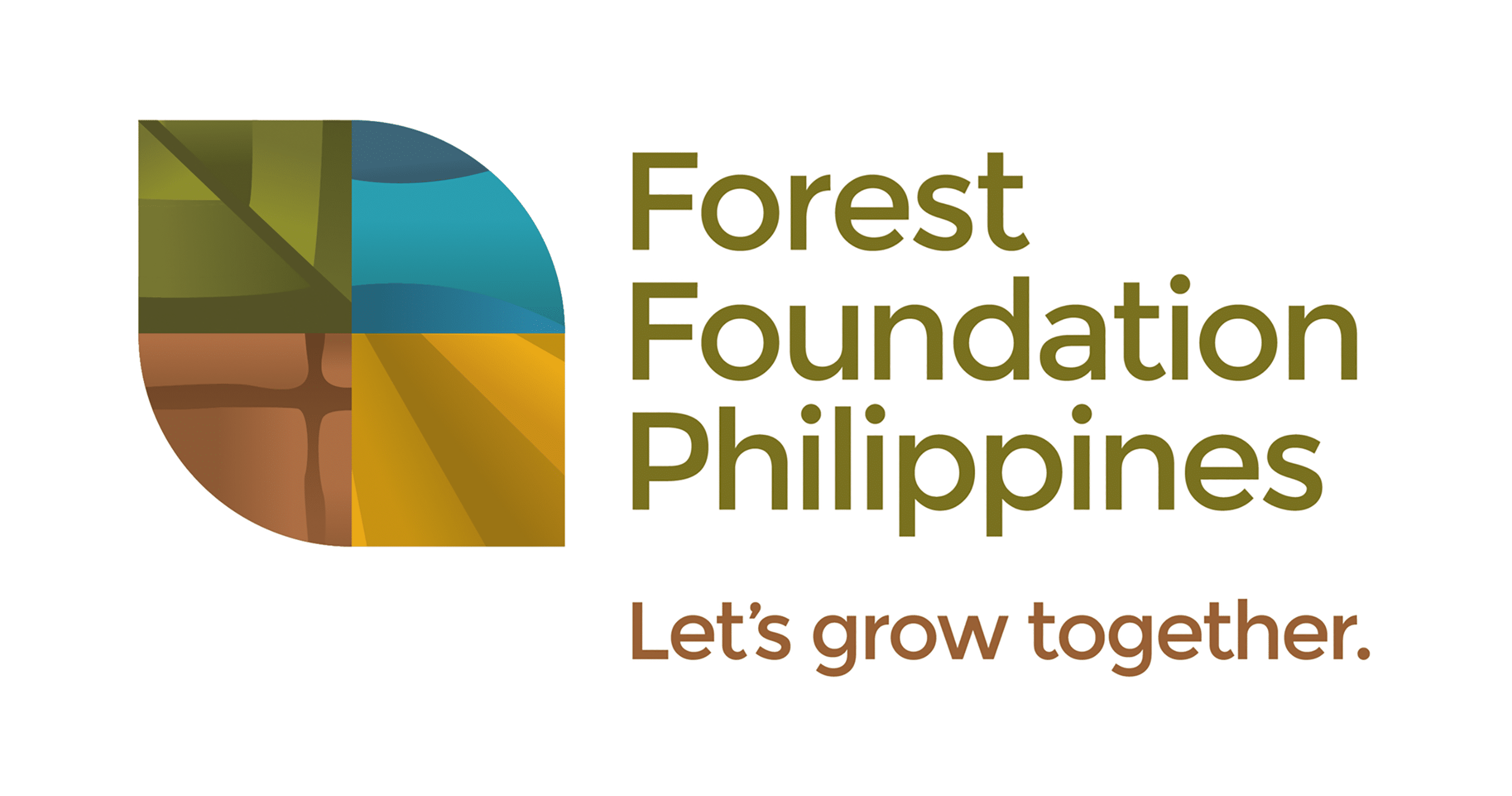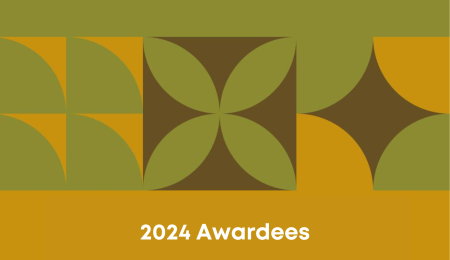Embracing complexity, and working together. Two of the Foundation’s focal landscapes – Northern Sierra Madre and Bukidnon-Misamis Oriental – have just sparked new strategies and connections to strengthen their landscape governance efforts through the Geography of Governance: A Landscape Dialogue, held last March 5-7 and 12-14, respectively.
Northern Sierra Madre: Confronting Environmental Issues Head On and Strong
From the 31 participants, majority felt the need to ask themselves, “Where does Sierra Madre start, and where does it end?” Such question was crucial in identifying the boundaries to where they should extend their works, and in realizing how the smaller dynamics within municipalities all contribute to the larger dynamics of the Sierra Madre landscape. The Sierra Madre stakeholders were strong-willed to determine possible options to address their landscape issues, such as land conversion from forest to agricultural areas, lack of sustainable livelihoods for communities, ensuring community participation in local decision-making, and the need to organize collaborative frameworks to harmonize local and national plans and policies.
Bukidnon-Misamis Oriental-: The Emergence of Lifescapes
For this landscape, what emerged was the 30 participants had a collective notion to start viewing their landscapes as lifescapes. Their lifescapes are woven stories from implementing science-based environmental mechanisms – Environmental Code, Payment for Ecosystem Services (PES), and spatial planning through Geographic Information System (GIS) – to inclusive governance by involving indigenous communities in the discourse. This notion roots from having a deep sense of place and ownership in the spaces that they live in.
What was evident for both landscape dialogues was that stakeholders are embracing the urgency to act differently in tackling complex issues they are confronted with. This urgency mostly brings people to think and act together; this urgency inspires people to both look closely and look from afar to see possible pathways they can take or pave. Consequently, participants of the landscape dialogues will be organizing their technical working groups, who will build upon the plans and suggestions from the workshop.
The landscape dialogue is a three-day workshop that allows stakeholders from different sectors (Department of Environment and Natural Resources (DENR), Department of Agriculture (DA), National Commission on Indigenous Peoples (NCIP), Regional National Economic and Development Authority (NEDA), Local Government Units (LGUs), Civil Society Organizations (CSOs), indigenous communities, and academic institutions) to discuss and collaboratively identify options to improve their landscape governance strategies. It is one of the major approaches of the partnership between Forest Foundation Philippines and Tropenbos International to carry out the Sustainable and Inclusive Landscape Governance (SILG) program in the Philippines.




